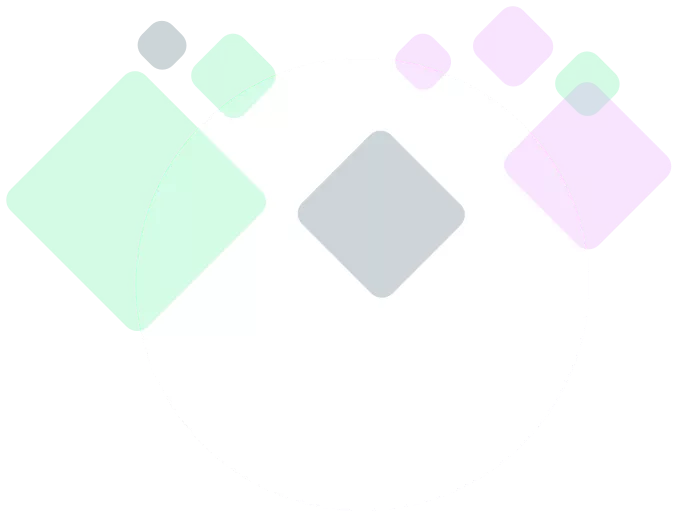How do I procure global goods?
Because global goods are open source, their code can be accessed free of charge. However, governments and health systems will undoubtedly incur costs to procure services to configure, extend, or model the tool within an existing architecture. There may also be costs associated with aligning the tool to existing and emerging national and local policies and strategies, and costs to ensure the ongoing operation and maintenance of the tools in operation (as with any software system).
Resources such as Digital Square’s Total Cost of Ownership (TCO) tool can be used by countries as they develop budgets for digital health transformation, ensuring global goods are scaled and sustained over time.
How do I implement global goods?
Implementation of a global good often differs from that of commercial or proprietary software, in that multiple organizations may be responsible for software development and support. There are many roles involved in implementing a digital health intervention, as outlined below. Implementation service providers often cover several of these roles or may partner with local teams and other groups to achieve the desired outcome. Pairing with local teams also ensures knowledge transfer and local capacity strengthening for long-term sustainability in a particular context.
The following is a non-exhaustive list of implementation roles and responsibilities:
- The solutions architect and analyst team are generally responsible for working with the client to unpack the business vision and map it to the technical intervention. They, or in tandem with a team, are often responsible for outlining the “definition of success” of a project and clearly articulating how to measure completeness or success of the implementation.
- Development teams make any required software code changes identified through the analysis phase of the project, as they contextualize the software to the local environment. Many global goods, by nature, are designed in a manner to lessen the need for software developers and allow customization through configurations.
- The implementation team may handle a mix of the above roles but is often composed of people with knowledge of the configuration options and how the global good operates. This team is responsible for deploying the tool and ensuring it works as required and as specified for the project.
- The training and support services team trains and supports staff and end users to use the software. This team is generally engaged beyond the initial rollout and is pivotal in building local capacity for ongoing use of the software.
Should I hire an implementation provider?
An implementation service provider will generally cover all or many of the roles described above and guide clients through several considerations, such as:
- Location of deployment: Software can be deployed from a virtual server, the cloud, or on-site at a national data center or ministry of health server. This decision may be influenced by legislation and policy, capital and recurrent costs, and connectivity. Client teams, such as the purchasers/health program leaders and/or those at ministerial and government level, should provide input and guidance in the review of legislation or policies that may limit choices, and weigh the capital costs (e.g.,server hardware) versus the recurrent costs (e.g., monthly cloud service hosting charges) to determine which model is most cost-effective. In addition, physical infrastructure requirements—such as adequate, reliable electricity supply, and/or network connectivity—must be considered when determining if it is better to deploy centrally or if locally deployed servers are needed.
- Server size: This decision is based on the expected load of the deployment, which includes the estimated number of concurrent users, system-managed data, and network traffic.
- Technical support: Open source tools and even some proprietary ones may not have a dedicated help desk team providing technical support. Therefore, intervention designs must consider how to provide this service. One approach is to deploy a help desk. This is often a two-tiered model, with the first tier consisting of help desk representatives who serve as the primary points of contact for users. These representatives generally handle bug reports, identify appropriate training materials, and help with administrative tasks such as password resets. They elevate higher-level concerns to the second tier of representatives at the implementer or developer’s office.
- Software adaptation: Digital health software tools should be adapted to meet the needs of a particular context. The implementation service provider can assist with the requirements gathering process to understand users’ needs and necessary customization.
- Software developers: A global good may require additional software development, depending on the complexity of local requirements and requested modifications. More established global goods have a marketplace of regional developers and consulting firms that can be hired to provide these types of services. For less-established global goods, health programs can consider filling this role internally or sourcing a local information and communications technology partner.
- Intervention validation: Digital health interventions interact with sensitive and important health information. As such, it is imperative that the tools are trusted, can “prove” that they function the way they are intended, and provide reliable, repeatable, and predictable results/functionality. Global trends are moving toward the need for stronger validation of tool design and that quality assurance measures be in place for tools. Implementers should support showcasing the tools’ ability to meet these standards, create implementation validation frameworks for tools to demonstrate how they meet the implementation need, and determine whether the local context requires a legal and/or compliance quality assurance plan.
